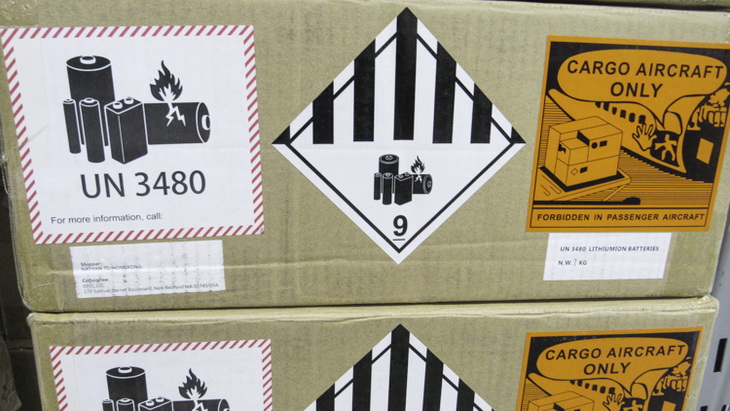If the rules are not followed during the transportation of lithium batteries, there is a high risk of the occurrence of a fire. This risk is getting even higher because of faulty or low-quality batteries. Lithium batteries are components of different devices and equipment. They have a large capacity. They provide many charge cycles and don’t require difficult maintenance.
Unfortunately, when the rules are not followed during transportation, these batteries can cause explosions or fire. This risk is higher, when the construction of the battery is faulty, when the batteries aren’t made from quality materials, or when they are not assembled correctly. As these defects are not always obvious, it’s important to pack and transfer these batteries carefully.
Why are lithium batteries so dangerous?
Lithium batteries have been used for 25 years, and it is easy to suggest that the technology of their creation is well-checked and it has been improved greatly. But the reality shows that the desire to put more energy in the smaller battery at a lower price can have a negative effect. So there is still a high risk of a fire or explosion.
There is a divider in the lithium batteries that protect the components from contact with each other. When this partition is faulty or damaged and electrodes contact each other, the accumulator is heated quickly. Lithium batteries also contain the flammable electrolyte. When it becomes too hot, a chemical reaction can occur. It can lead to uncontrolled heating. In some cases, the result can be a fire or an explosion. If such a situation occurs when the parts of other products are nearby, the results can be catastrophic. And it is not only financial expenditures. Being close to the epicenter of the explosion, people can suffer.
According to the reasons mentioned above, the UNO classifies lithium batteries as dangerous cargo of hazard class 9. The sender of such expedited freight is responsible for the correct and safe handling of lithium batteries. As for responsibility, a sender needs to know all characteristics, provide a proper package and organize delivery with the help of professionals. Delivery of lithium batteries can be performed by companies that have a relevant license.
Packaging and marking
The first and the most important stage of lithium battery transportation is its proper packaging. Usually, it is a container that is resistant to damage. Also it needs to prevent the leak of electrolytes. Also, batteries need to be marked properly. The sender needs to arrange the documents.
Delivery of faulty or damaged batteries
If the lithium battery is faulty or damaged, it is forbidden to throw it away. Usually, they are repaired. But there is one more variant. You can send it to a special enterprise that focuses on recycling. Specialists can disassemble the battery safely. Transportation of damaged batteries is even more difficult. As a rule, the help of professional transportation companies is needed to perform it.

